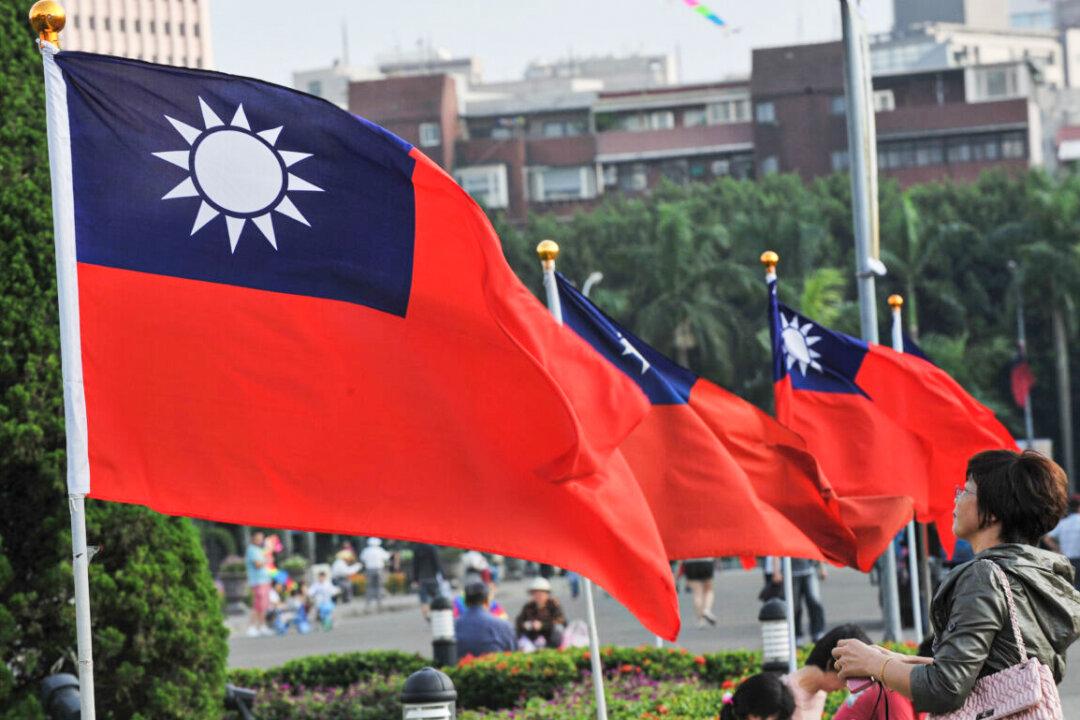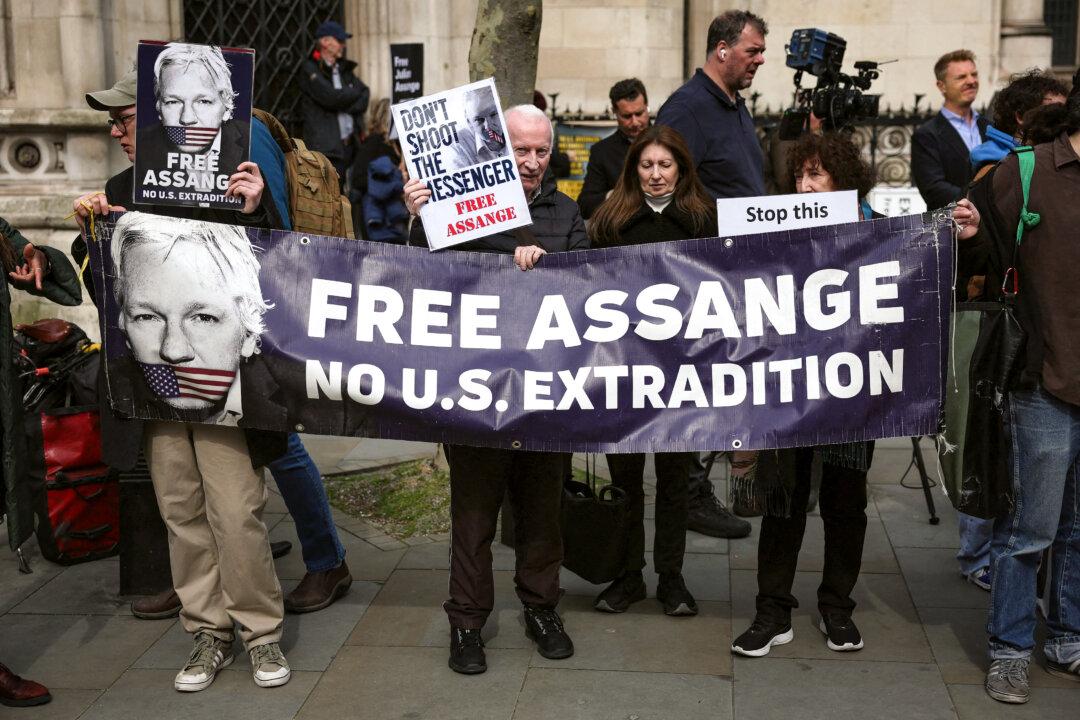Commentary
On Aug. 10, the Chinese Ambassador to Australia, Xiao Qian, used the opportunity of an address to the National Press Club in Canberra to bemoan the fragile relationship between Australia and China and to comment upon Australia’s Taiwan policy. By any standard, the comments of the ambassador were bellicose and uncompromising.





